How to Effectively Use Hashtags to Grow Your Business and Your Brand
/ˈhaSHtaɡ/
“a word or phrase preceded by the symbol # that classifies or categorizes the accompanying text”
If your social media post doesn’t include a hashtag, does it even exist? Well, of course it does, but it might be missing the secret ingredient that will attract and engage your audience.
When it comes to social media, the hashtag is used to draw attention, organize, promote, and connect. Think about it as an electronic filing cabinet with a flair. If you opened it and wanted to find a recipe, you would click on #recipe. If you are overwhelmed by too many choices and you are actually only in the mood for a cheesecake, then you might instead want to use #cheesecakerecipe. And then the virtual party with all the cheesecake lovers can begin!
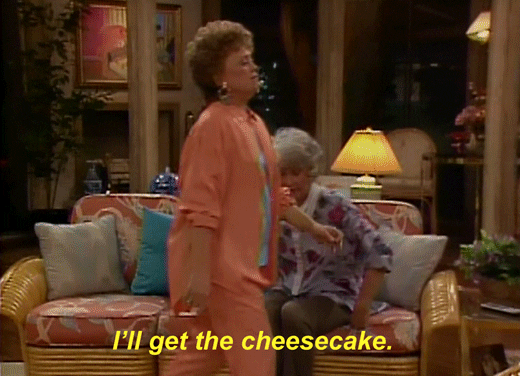
History of the Hashtag
Also called number sign, pound sign, hash or tic-tac-toe sign, the origin of a hashtag dates back to August 2007, when Chris Messina tweeted a question to his followers asking how they felt about using the pound symbol to make it easier to follow conversations about specific topics.
When Messina pitched the idea to Twitter, he was told that it was too nerdy and would never catch on. Fast forward to today, when the average hashtags tweeted daily is 125 million (and that’s just one platform). #toldyouso
How Do Hashtags Help My Outreach?
Hashtags help label content which makes it easier for an audience to find you and engage with your brand. When you use a hashtag, you become searchable by anyone on the platform, which increases your chances of being found, gets more followers, improves engagement rate, and builds a community around your business. They make it easier for like-minded people to come together. They also help your personality and sense of humor shine.
How Do I Use A Hashtag?
When creating a hashtag, hit a # symbol and follow it with a word or a phrase, with no spaces in between, no punctuation marks, and no special characters. Keep them as specific as you can. Shorter is better, but if you are using a longer hashtag, you can capitalize letters to make it easier to read. #SeeWhatWeMeanByThat?
#ProTips
- Search for keywords that best fit your content. Find which ones are the most popular or trending.
- Check what hashtags your competitors are using.
- Mix popular hashtags with less competitive ones. The advantage of using a popular hashtag is that lots of people are searching for them, but you’re facing much more competition for that same reason. A more specific hashtag with a narrower niche might get you more attention, especially if your following isn’t that large yet.
- Track and measure your hashtags to see how popular they are with your audience, how many people they reach, and how many people interact with them.
- Find like-minded people, brands, vendors, and customers through hashtags and engage with them.
How Do I Use Hashtags on Different Platforms?
While hashtag was born on Twitter, they are now used widely across the spectrum of social media platforms. With that said, not all platforms utilize them in the same way.
Twitter makes it easier to sort through content by using hashtags, and it lets you explore which ones are currently trending. You can use hashtags to pre-plan specific brand campaigns, or you can gain visibility through popular trends of the moment. Because tweets are limited to 280 characters, it makes sense to hashtag words within your sentences, and only use 1-2 hashtags per tweet.
Instagram lets you search the popularity of hashtags, and allows you to follow them, so if you are online for the sole purpose of seeing pictures and videos of dogs, you can follow #DogsOfInstagram and scroll for hours (there are currently 256M posts with that hashtag there).
Instagram lets you use up to 30 hashtags per post (or 10 for an Instagram story), however, there’s a catch. They do not like repetitiveness, so make sure to switch up your tags often. You should also watch out for banned hashtags. These are the ones that have been flagged, which can happen for several different reasons. The obvious one is that the hashtag is inappropriate or obscene, or otherwise violates the community guidelines.
However, sometimes a perfectly innocent hashtag can get banned because it has been used by bots and spammers. You can find checker tools online that will help you identify which hashtags are banned and should be avoided.
Facebook is not as hashtag-friendly as Twitter or Instagram. There is no harm in using hashtags on Facebook, but they don’t seem to be as detrimental to your reach and engagement. They still work as a sorting mechanism, and you can get creative with them for entertainment purposes. Definitely don’t go overboard with them in your posts, 1-2 is plenty.
Other social media platforms like TikTok, LinkedIn, YouTube, Pinterest, and others all support hashtags and help the audience find what they are looking for by categorizing the content. Just remember that they work best on public accounts, and don’t be afraid to experiment to see which ones gain the best traction.
Jimmy Fallon and Justin Timberlake offer a #Hashtag101 class, and if you still have questions, we are here to help!
Keywords: hashtag, marketing, outreach, digital marketing
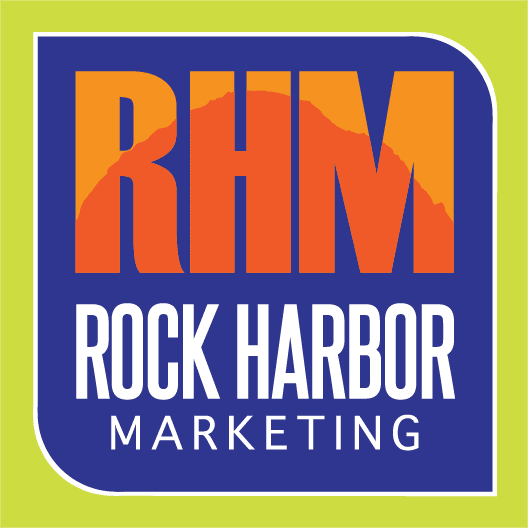
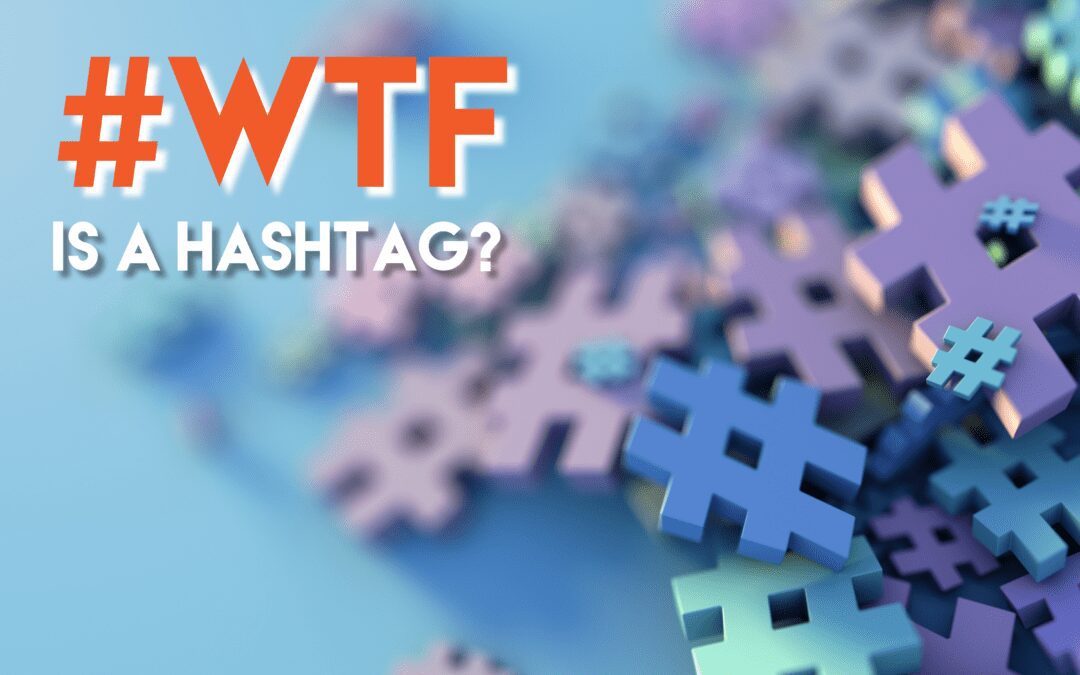
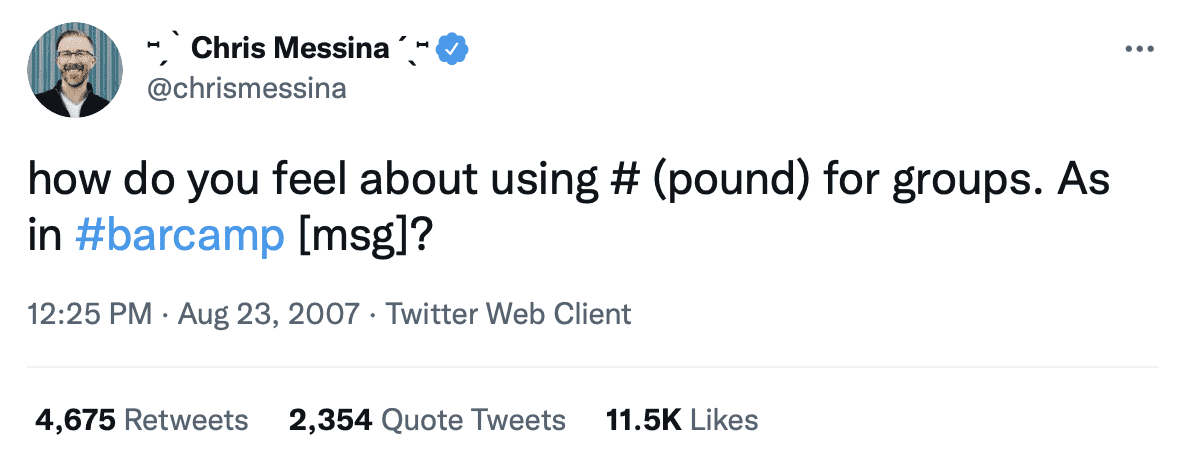
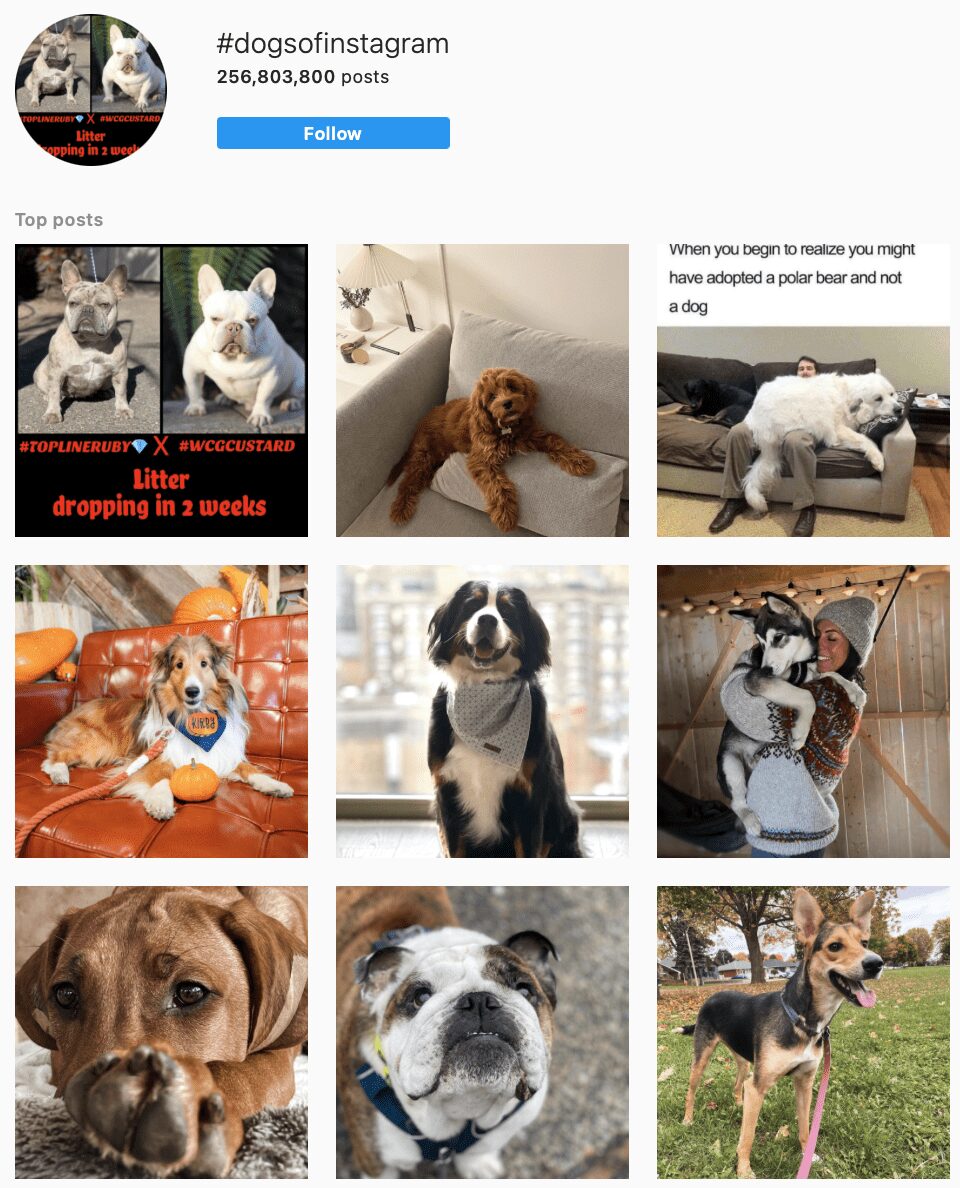
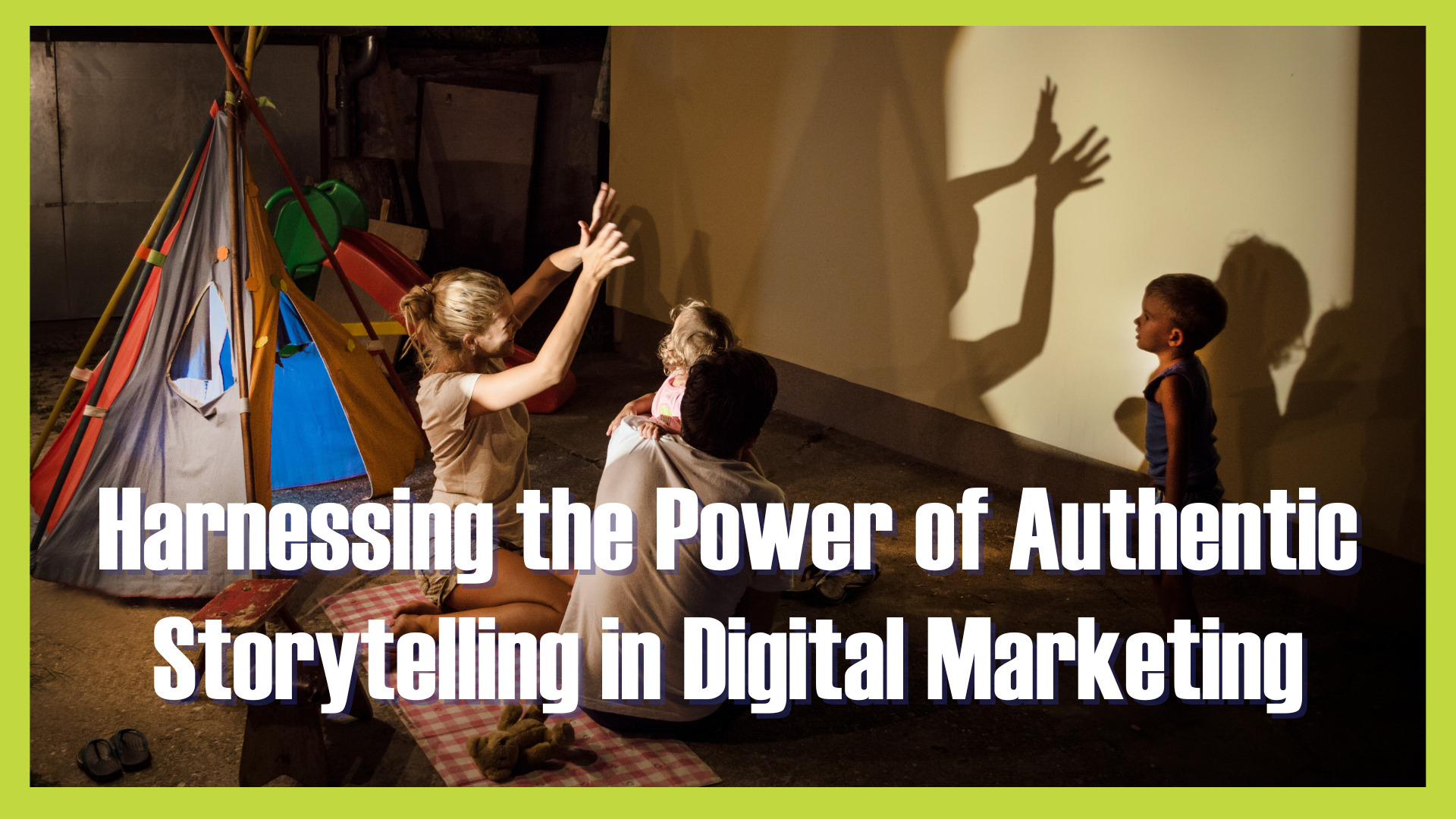
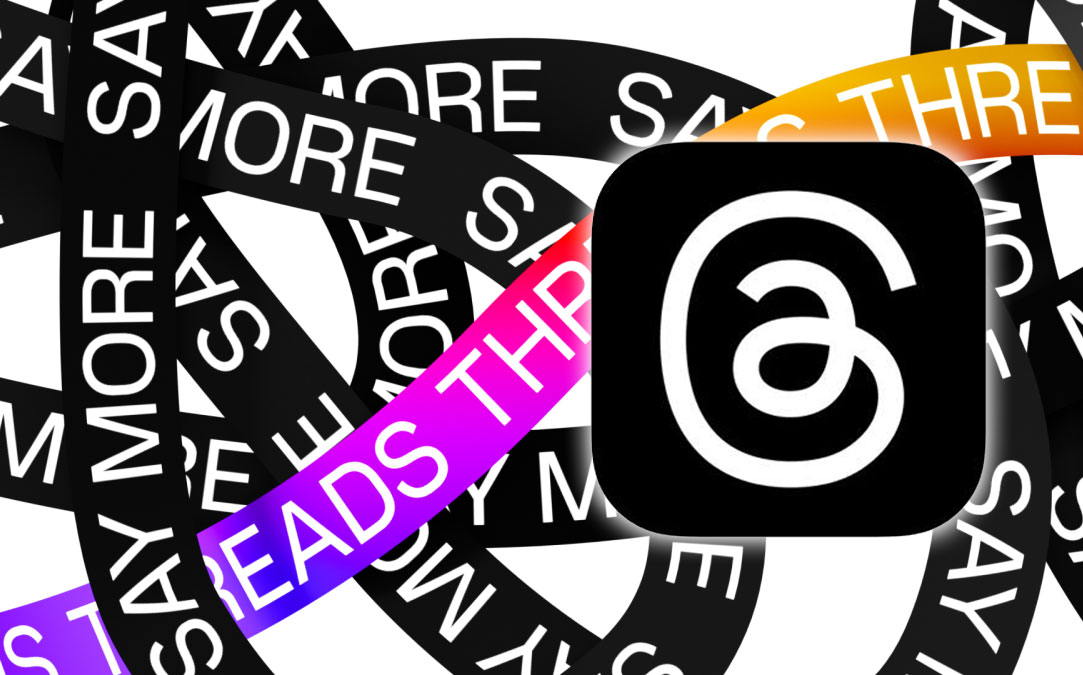
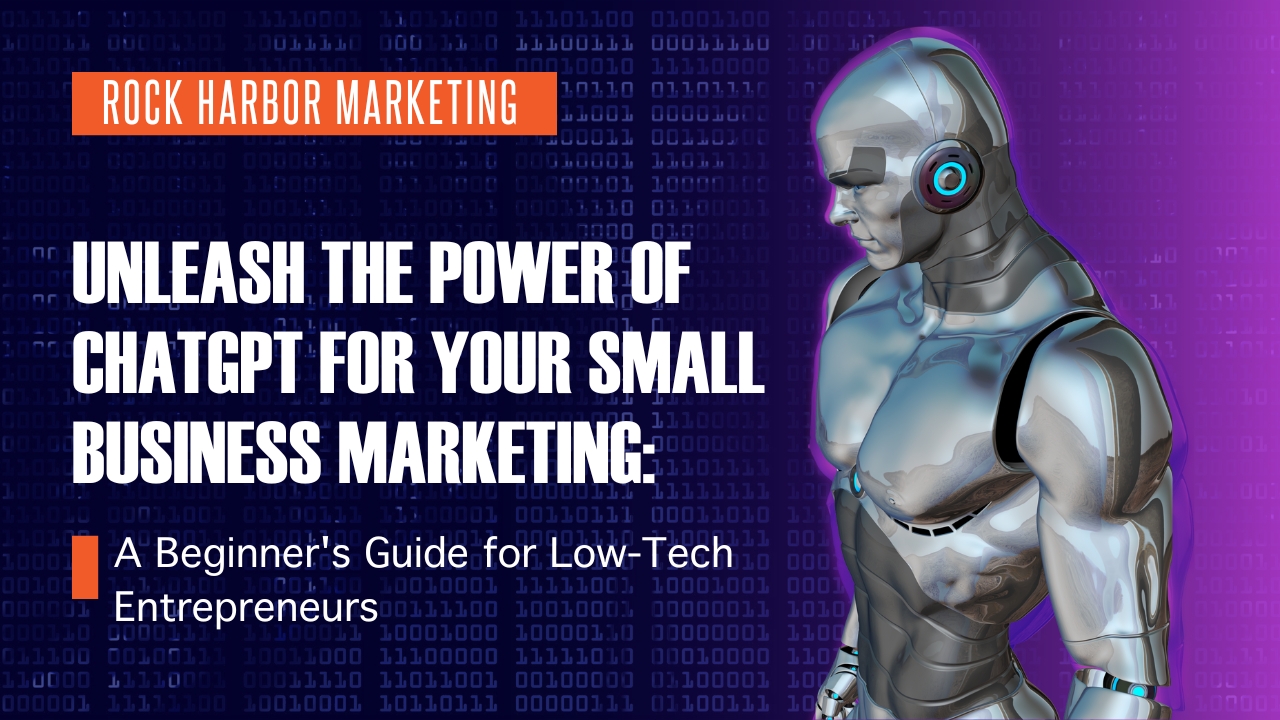
Recent Comments